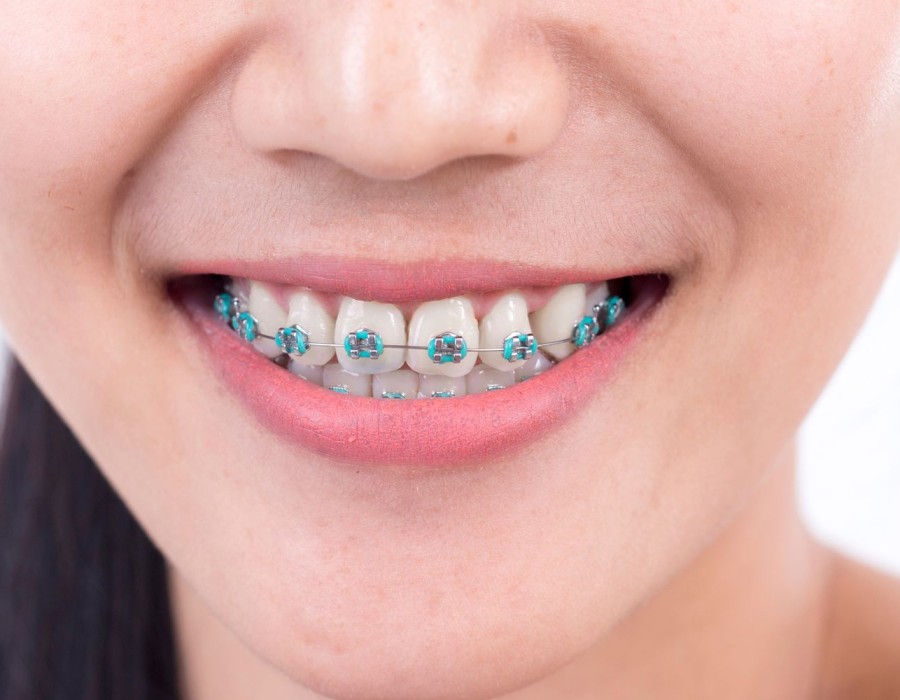Metal braces have long been a cornerstone in orthodontic treatment, known for their effectiveness in correcting a variety of dental issues. These traditional braces consist of metal brackets attached to the teeth and connected by wires, which are periodically adjusted to gradually move the teeth into their desired positions. Despite the rise of alternative options like clear aligners, metal braces remain a popular choice due to their durability and reliability.
Step 1: Initial Consultation and Evaluation
The journey to achieving a straighter smile with Metal Braces in Dubai begins with an initial consultation. During this appointment, your orthodontist will assess your dental health and determine whether metal braces are the best option for you. This evaluation typically includes a thorough examination of your teeth, bite, and jaw alignment. Your orthodontist may also take X-rays, photographs, and impressions of your teeth to create a detailed treatment plan.
Step 2: Customizing Your Braces
Once you and your orthodontist have decided to proceed with metal braces, the next step is customization. Your orthodontist will use the impressions taken during the initial consultation to create a set of custom-fitted brackets and wires. These components are designed to fit precisely on your teeth and apply the appropriate amount of pressure to achieve the desired movement. The customization process ensures that your braces will work effectively and comfortably throughout your treatment.
Step 3: Braces Placement
The actual placement of the metal braces is a straightforward procedure that typically takes about one to two hours. During this appointment, your orthodontist will clean and dry your teeth before attaching the metal brackets. The brackets are bonded to the surface of each tooth using a special adhesive. Once the brackets are securely in place, the orthodontist will thread a wire through each bracket and fasten it with small elastic bands. This setup is what allows the braces to gradually shift your teeth into proper alignment.
Step 4: Regular Adjustments
After your metal braces are placed, you will need to visit your orthodontist regularly for adjustments. These appointments, usually scheduled every 4-8 weeks, are crucial for the success of your treatment. During these visits, your orthodontist will tighten or replace the wire, change the elastic bands, and make any necessary adjustments to ensure that your teeth are moving as planned. Regular adjustments help to maintain the pressure needed to guide your teeth into their new positions.
Step 5: Managing Discomfort
It's normal to experience some discomfort or soreness after getting metal braces or following an adjustment. This discomfort is a sign that the braces are working to move your teeth. To manage this discomfort, you can use over-the-counter pain relievers, apply orthodontic wax to any areas where the braces are causing irritation, and stick to soft foods that are gentle on your teeth and gums. If the discomfort persists or becomes severe, it's important to contact your orthodontist for advice.
Step 6: Maintaining Oral Hygiene
Maintaining excellent oral hygiene is crucial when you have metal braces. The brackets and wires can trap food particles and plaque, increasing the risk of cavities and gum disease. To keep your teeth and braces clean, brush your teeth after every meal using a fluoride toothpaste and a soft-bristled toothbrush. Additionally, flossing with orthodontic waxed floss or using interdental brushes can help remove plaque from between the brackets and wires. Regular visits to your dentist for professional cleanings are also essential to ensure your oral health remains in top condition.
Step 7: Diet Considerations
While wearing metal braces, it's important to be mindful of your diet. Certain foods can damage the brackets or wires, prolonging your treatment time. Avoid sticky foods, such as caramel or gum, and hard foods, like nuts or popcorn, that can break or loosen the braces. Instead, opt for softer foods that are easier on your braces and promote good oral health. Your orthodontist may provide a list of recommended foods and those to avoid to help you make informed dietary choices.
Step 8: Completing Your Treatment
As you near the end of your treatment with metal braces, your orthodontist will evaluate the progress and determine if any final adjustments are needed. Once your teeth are correctly aligned, the braces will be removed in a process that typically takes about an hour. After the braces are removed, your orthodontist will provide you with a retainer to help maintain your new smile. Retainers are essential for ensuring that your teeth do not shift back to their original positions and are typically worn as directed by your orthodontist.
Conclusion
Metal braces are a tried-and-true method for achieving a straighter smile and improving your dental health. By understanding each step of the treatment process, from the initial consultation to the final removal of the braces, you can feel more confident and prepared as you embark on your orthodontic journey. With proper care, regular adjustments, and a commitment to maintaining good oral hygiene, metal braces can help you achieve a beautiful, well-aligned smile that lasts a lifetime.





Comments